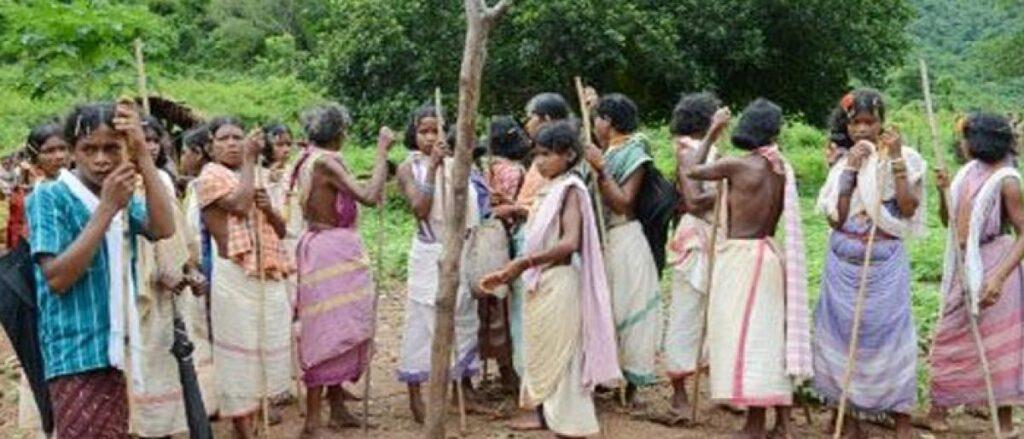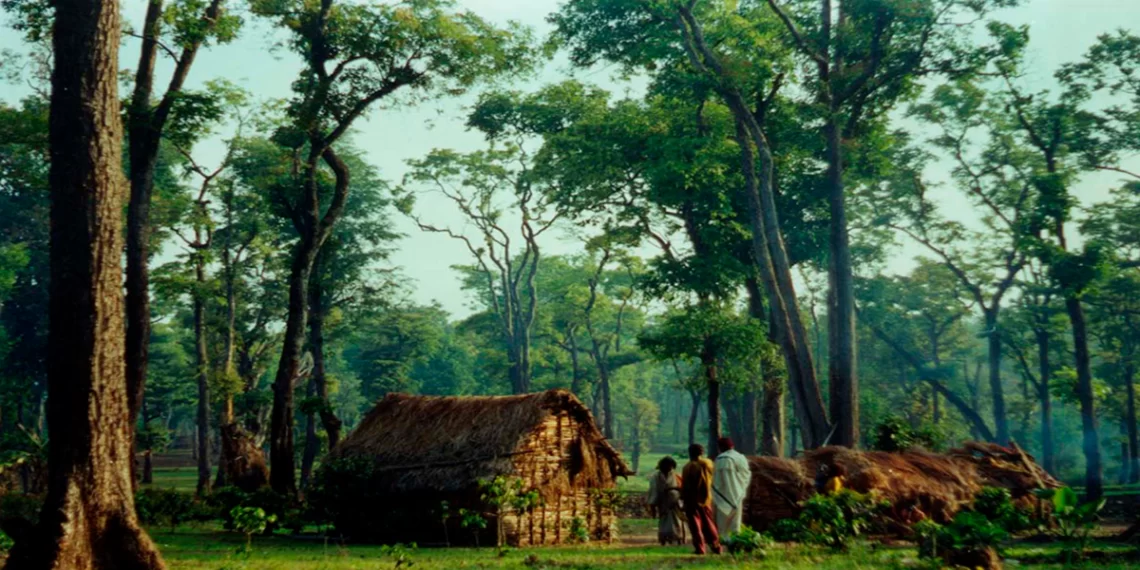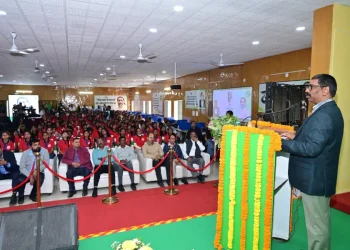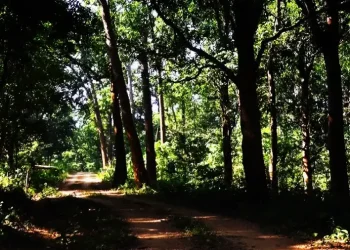In 2006, the Indian state envisaged undoing historical injustice to forest dwellers, ensuring their land tenure, livelihood and food security, along with making them responsible for forest conservation.
This was the Scheduled Tribes and Other Traditional Forest Dwellers (Recognition of Rights) Act, more commonly known as the Forest Rights Act (FRA). It encompasses those who have been and still inhabit forests or are wholly dependent on its produce.
Scheduled tribes (STs) and other traditional forest dwellers — communities that have sustained on forests for at least 75 years — are eligible to claim land rights.
Of the most recent available information, according to a Ministry of Tribal Affairs statement as of February-end, titles have been distributed for about half the overall number of claims received from forest dwellers. Over 44.29 lakh claims — comprising 42.6 lakh individual and 1.68 lakh community claims — have been filed, of which 22.34 lakh land titles have been distributed, says the report. It says nearly 39 lakh claims have been disposed of, which is 87.83% of the target.
In the Ministry’s statement on claims and distribution of title deeds under the Forest Rights Act (FRA), there are only eight states with above 95% success rate (percentage of claims disposed of with respect to claims received). This includes Andhra Pradesh, Chhattisgarh, Madhya Pradesh, Rajasthan, Tripura, Uttar Pradesh, Uttarakhand and West Bengal.
Goa and Himachal Pradesh are the only two states whose success rate is in the single digits.

Among states with high tribal populations, Andhra Pradesh, Odisha and Tripura are the most successful states, with 76.67%, 71.48% and 63.68% distribution, respectively, under Forest Rights Act (FRA).
Apart from Tripura, the remainder of the Seven Sisters of the North East point out that their lack of data is because they are tribal-dominated and almost all lands are wholly possessed by various ethnic groups or individuals.
There has been no deprivation or rejection of rights, or eviction of those who have been living in the forests even before creation of the Act in 2006, according to Arunachal Pradesh and Mizoram.
The Meghalaya government notes that of its 76.44% area under forest cover, only 5.10% is under state forest department control. The major portion is owned and administered by traditional institutions such as Syiem (administrative head), Doloi (tribal provincial chief) and Nokma (village headman), where communities have long been enjoying surface and non-surface rights. It further stated that the Gram Sabha is absent due to application of the Sixth Schedule and that it will identify a suitable institution or elected village committee as substitute to facilitate FRA implementation.
The Nagaland government says Forest Rights Act (FRA) is not applicable in view of the provisions of Article 371A — special status with regard to rights of its people with regards to the land and resources — and there has been no resolution passed by the Assembly for FRA.
In Sikkim, most STs hold revenue land in their own name and are not solely dependent on forests for their livelihood.
That apart, the island administration said the area inhabited by STs has been declared a reserved area under the Andaman & Nicobar Islands (Protection of Aboriginal Tribes) Regulation. Thus, no claim or settlement has taken place under FRA. Nobody qualifies under the Act either. However, for January 2022, the UT has reported nil information for the first time.
Daman & Diu has no declared forest village, Lakshadweep has no terrestrial forests and Puducherry’s STs do not reside on forest land, according to the respective administrations.























